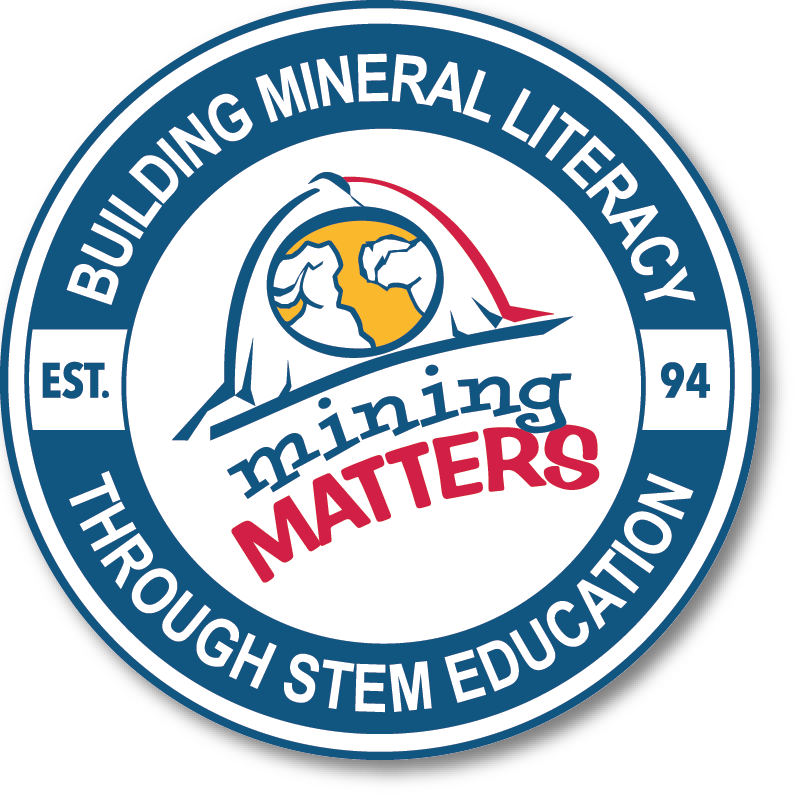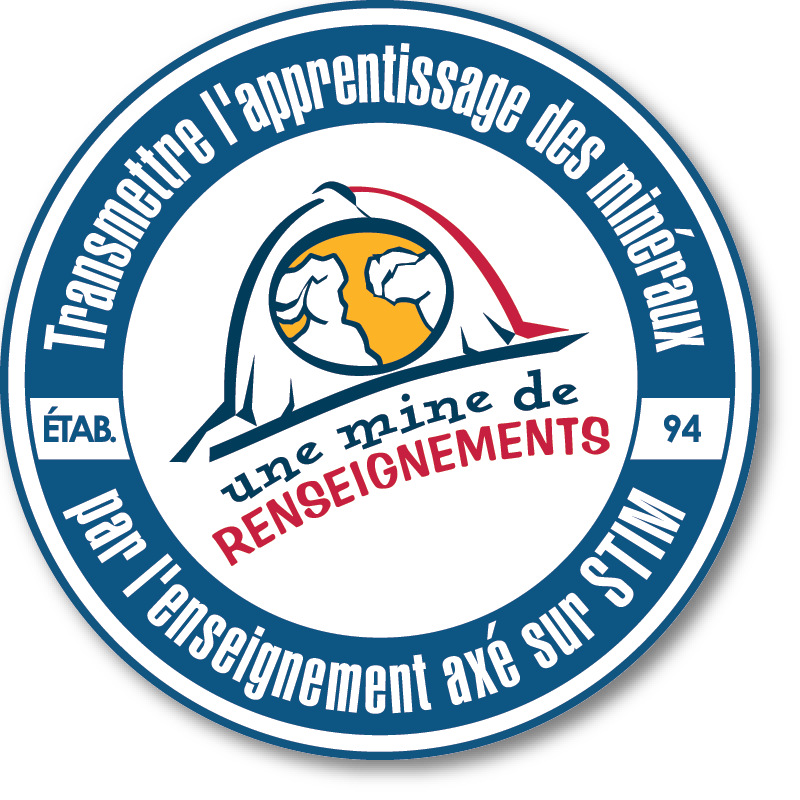Underground Mining Methods
Credits
Animations courtesy of Sandvik Tamrock Canada
Accompanying text by Terry Gong, UBC Mining Engineering student
Background
Underground Mining Methods Backgrounder
Room and Pillar
Ramps (inclined tunnels) are excavated to connect the surface to the underground ore body. Drifts (horizontal tunnels) are excavated at different elevations to surround the ore body. Next, stopes (tunnels that have direct access to mining the ore) are mined to gain access to the ore. All tunnels are excavated by drilling and blasting. Jumbos are in charge of drilling the holes in the rocks and filling them with explosives. The loose rock, also called muck, is transported by either dump trucks or Load Haul Dump (LHD) vehicles back up to the surface for either waste disposal or processing. As mucking progresses, rooms (tunnels) are cut into the ore body. In order to provide safe roof support for mining, pillars of material around the rooms are left standing to hold up the rock ceiling above. Some parts of the mine roof can be particularly weak and fragile. In addition to pillar support, a jumbo is then brought back in for rock bolting of the roof to ensure safety. When all the ore in the stopes has been transported up to surface, some pillars can be removed, since they still have valuable mineral content, while some must be left standing to provide active support for the ceiling. In some room and pillar mines, pillars are all excavated as mining nears completion, to allow the natural collapse of the roof.
Sublevel Stoping
Sublevel stoping is a mining method in which ore is blasted from different levels of elevation but is removed from one level at the bottom of the mine. Before mining begins, an ore pass is usually drilled from a lower to a higher elevation. Jumbos selectively drill holes into the roof of the drift and fill them with explosives. When the roof is blasted, loose rocks, or muck, fall through the drilled ore pass. A Load Haul Dump (LHD) vehicle transports the muck to another ore pass where it falls to a hopper that feeds a crusher. The crushed ore is then elevated (raised) to the surface in a skip. As the muck is taken out, more drilling of the now higher roof continues. The roof is blasted till it is so high that it cannot be reached by a jumbo. Then a jumbo working in a higher elevation drift is used to intersect the stope. After blasting, the ore falls down to the lower drift where LHDs can drive in to load the muck and dump it at an ore pass. Drilling and blasting continues until the stope is completely excavated. Once the stope is completely hollowed out, it is backfilled from the bottom, up. The backfill material used can be a mixture of sand and rocks, waste rock with cement, or dewatered mill tailings (rejected low grade ore from processing, usually fine and sandy). The backfill material must have a lot of strength to support the roof of the empty stope.
Cut and Fill Stoping
In cut and fill stoping, the ore body is retrieved in horizontal slices beginning at the very bottom and advancing upwards towards the surface. Ramps (inclined tunnels) are excavated to connect the surface to the underground ore body. Drifts are excavated to come in contact with the ore slices. The slices are drilled using a jumbo, blasted by charging the drill holes with explosives, and ore is removed by using dump trucks or Load Haul Dump (LHD) vehicles. The ore is dumped into an ore pass, an inclined tunnel where ore is transported to a lower elevation in the mine. The ore is picked up at the other end of the ore pass by a LHD to be transported out of the mine through a ramp (inclined tunnel). Once a slice is completely mined out, the empty space is partially backfilled hydraulically. The backfill material used can be a mixture of sand and rocks, waste rock with cement, or dewatered mill tailings (rejected low grade ore from processing, usually fine and sandy). The backfill underground serves to keep the mine walls stable and also as the floor for mining the next slice. Mining continues upwards towards the surface until the ore body is depleted.
Sublevel Caving
Sublevel caving is usually carried out when mining of the ore body through an open pit method is no longer economically feasible. Mining now proceeds underground, underneath the open pit. At first, both a raise and a network of tunnels are made. At different sublevels, jumbos are used for long hole drilling, drilling directly upwards into the roof. These holes are then charged with explosives and blasted. As the roofs cave in, the rock from the ground surface will cave in to the underground as well. Load Haul Dump (LHD) vehicles transport the muck, loosened rocks, to an ore pass where the rocks are lifted to the surface. Drilling and blasting takes place at different underground levels of the mine at the same time. As the blasted rock, muck, is continuously transported to the ore pass, more blasting will encourage the roof to cave in to the void and further into the drift. This is repeated until blasting, caving and transporting depletes the entire ore body.
Instructions
In this activity, you will watch a series of animations outlining the various methods used to get ore from deep within the Earth to the surface where it can be processed and used for products.
The underground mining animations have been produced by Sandvik.
- As you watch the animations take note of the following:
- heavy equipment and machinery,
- location of where the operation begins,
- presence of tunnels,
- the direction of the tunnels, as well as
- drilling and blasting.
-
- Stop the animation. Read the appropriate section of the Underground Mining Methods Backgrounder describing the mining method. Watch for key ideas that relate to the criteria set out in step 1 above.
-
Pick one animation to watch a second time and reflect back on the mining method description you just read. In the video, look out for examples of the following:
Backfill material
Drift
Mineral
Ore pass
Room
Bolting
Drilling and Blasting
Muck
Pillar
Skip
Cave
Jumbo
Open pit
Raise
Stope
Crusher
Load Haul Dump
Ore body
Ramp
Tailings
On the worksheet, circle the words that apply to the mining method you chose.
- There are many new terms and concepts related to underground mining methods. To demonstrate your understanding of the basic concepts, create a Sequence Chain outlining the steps that occur in the method you chose to watch for a second time.




